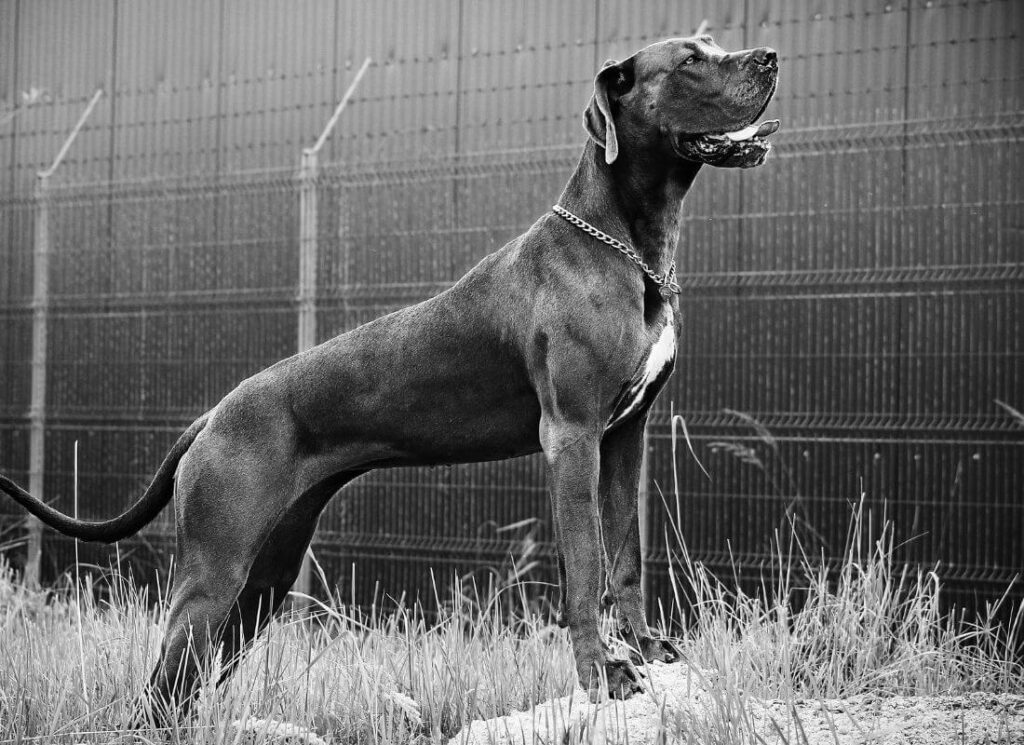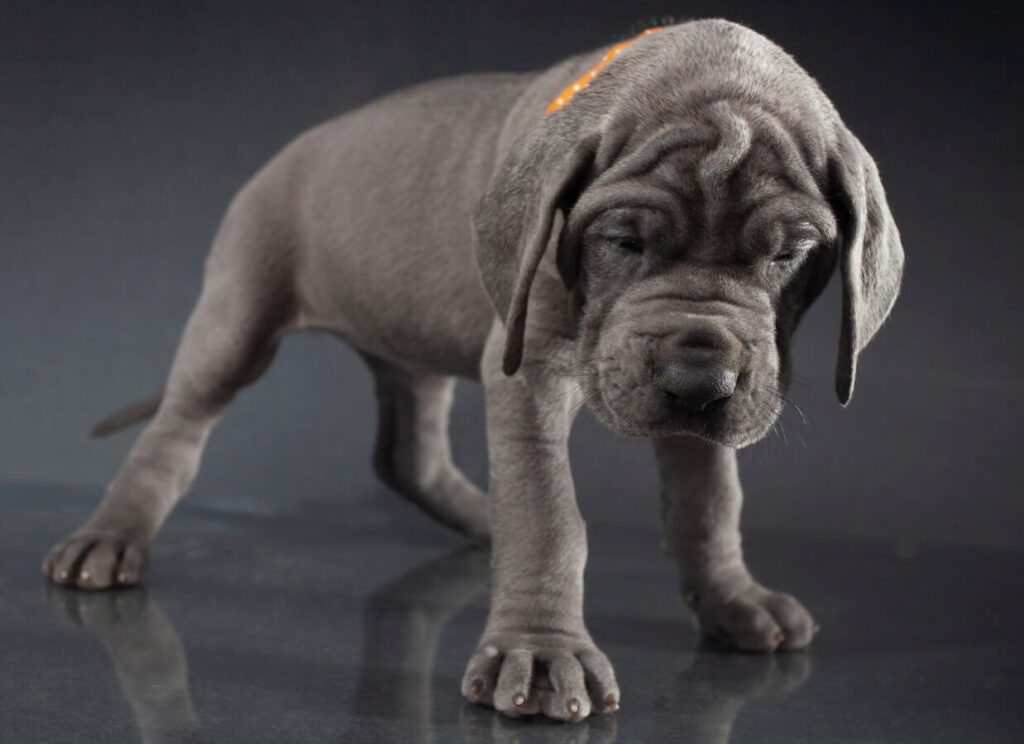Great Dane puppies are like little gremlins!!!! Even though Great Dane puppy biting is very normal, but can be very hard to handle. If you are ready to learn how to stop Great Dane puppy biting, you’ve come to the right place.
They bite, gnaw, growl, tug, grab your clothes, and dig their tiny little needle teeth into your arms and hands.
YOUCH!!! But your Great Dane puppy is so cute and snuggly too. It can be hard to understand how they can flip a switch and go from cute ball of fur to aggressive beast, but it’s actually nothing to be concerned about!
Many people worry that a biting Great Dane puppy may be trying to ‘be the boss’ or will turn out to be an aggressive dog, but neither of those things is actually true.
Read on to learn why it is all apart of the puppy biting stage and how to stop biting in your Great Dane puppy.
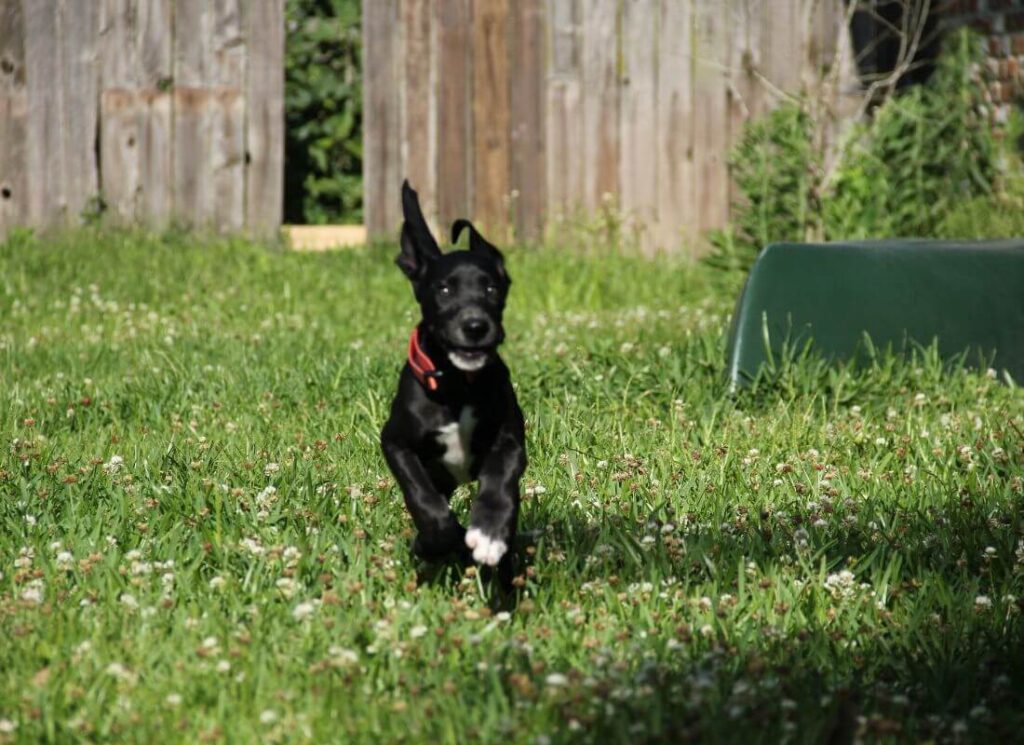
Why Do Great Dane Puppies Bite?
Great Dane Puppies bite to learn how to control their jaws, to develop appropriate social skills, and because it’s hard to learn the difference between fingers and chew toys.
Additionally, biting also feels good for their puppy teeth. Puppy owners should rest assured that it is normally not aggressive behavior.
Watch a pile of Great Dane puppies play! Puppy bites is what they do to each other! One will wrestle and bite each other while the second one makes as many sounds as it can for a few minutes before the little guy bites back!
When the first Great Dane yelps, they back off for a minute.
The Great Dane puppy that bit learned that the bite was too hard, and both puppies just learned a valuable and important social interaction. These Great Dane puppies are acting as one another’s pet trainers!
Exposing puppies to this natural and proper training is a valuable part of their puppy biting development.
This is an important part of your Great Dane puppy’s development. When a Great Dane puppy isn’t given this time with their litter (until 8 weeks of age) they may have poor bite control.
When you bring your 8 week old Great Dane puppy home, they don’t WANT to stop biting. Like any breed, Great Danes thrive on play, training, toys, and attention. Positive reinforcement is very helpful when it comes to teaching safe alternatives to puppies biting.
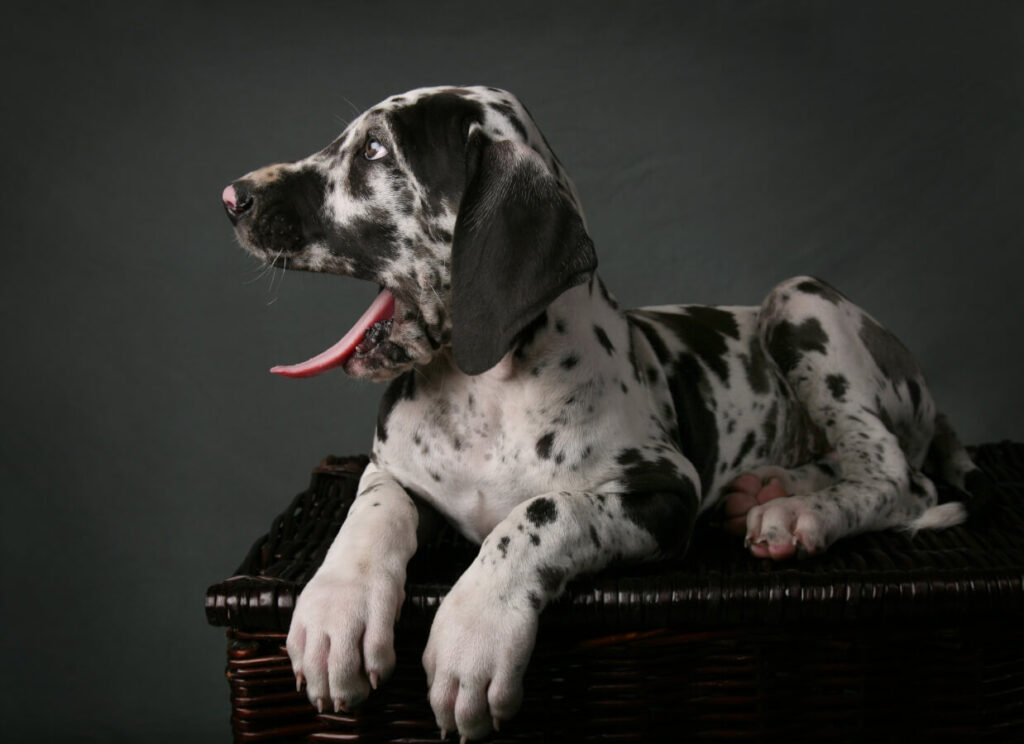
Is My Great Dane Puppy Aggressive?
Great Dane puppy bites are completely harmless and come from a place of just wanting to find relief from their energy. It’s RARELY aggression and it’s never related to dominance.
Immaturity though? Yeah that’s a big culprit behind puppy biting!
At first, they don’t know or care about the difference between YOU and the other dogs from their litter. It is completely normal behavior to see a small puppy biting, gravitating to chew toys or having ‘puppy energy’.
All your Great Dane puppy knows is that biting is FUN. Chances are you are actually encouraging the behavior by mistake!
A common mistake many puppy owners make is to believe that their bitey, growly, crazy puppy is trying to dominate or “be the boss”. Nothing could be farther from the truth!
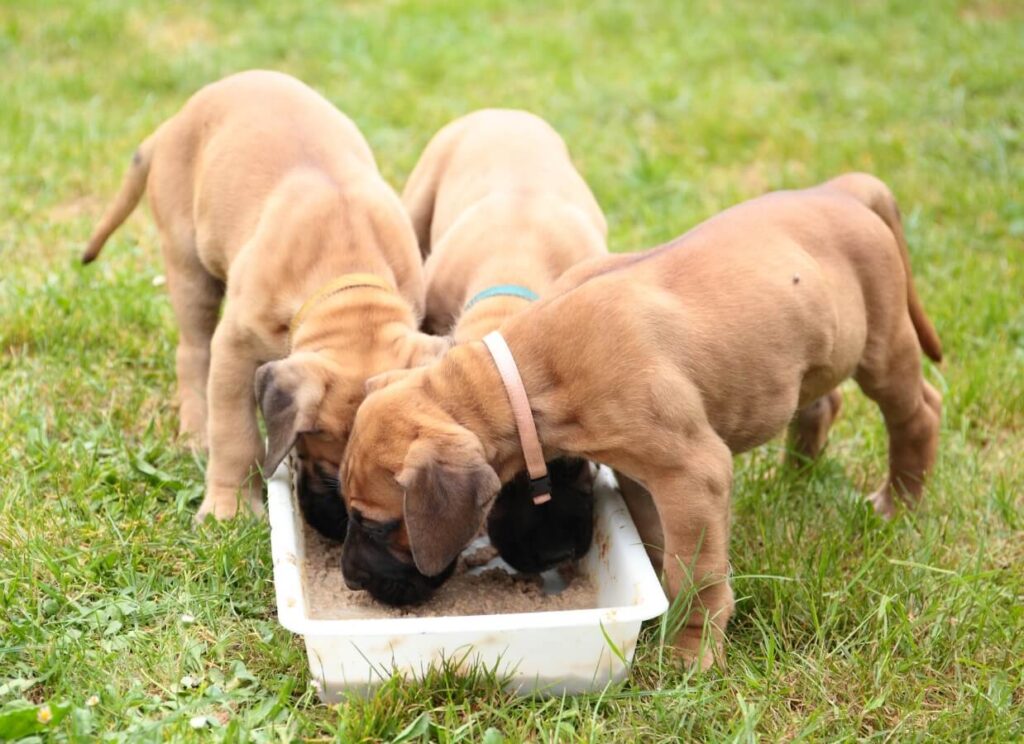
How to Stop Great Dane Puppy Biting
Here is our list of ways to minimize and STOP puppy biting.
You must be consistent and make sure everybody in the family does the same thing.
As always, be sure to speak with a highly qualified balanced dog trainer if you notice your Great Dane puppy act aggressively, bite people excessively, or if you cannot get your puppy to stop biting.
Start implementing these tips:
- Remain calm
- Be boring and encourage good behavior by demonstrating calmness yourself
- When biting starts, cross your arms, turn your back and walk away
- Use crates, gates and leashes to prevent the behavior and teach appropriate play
- Know the signs: the ‘witching hour’ and being over-tired after long hours of play tends to make puppy biting worse!
- Redirect calm puppies to an appropriate chew such as toys, a toy rope, a treat, or a game to play.
- Practice training by keeping your Great Dane away from other dogs who might act aggressively
- Likewise, encourage your Dane pup to engage with friendly dogs in a safe environment
- Put your over-tired Great Dane in a crate with a frozen stuffed Kong toy or treat
- Teach a settle/go to mat behavior in order that they practice the training method of remaining calm and to stop biting
- Teach your Great Dane the primary skills: sit, down, touch, stand, leave it and wait
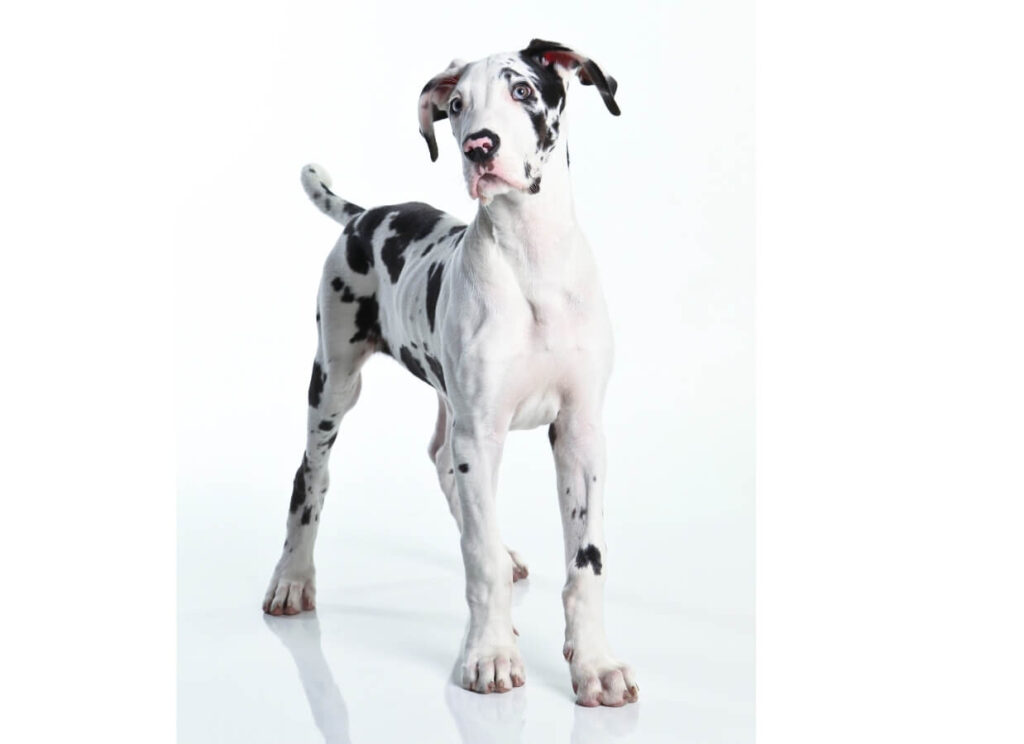
Bonus Tip: Teach the “Enough” Command
When your Great Dane puppy is playing with you, calmly say ‘ENOUGH’, then praise and offer a toy or treat.
Enough will quickly become a cue to use in training that implies you want your dane pup to ‘disengage’!
This will allow you to play with your Great Dane so they can practice putting teeth on you (which is good for their social and bite pressure development), AND gives your puppy a new skill that is very helpful when they are bigger.
Always remember that even though Great Danes are incredible dogs, they are still a massive size, even for ‘dane dog lovers’, so it is crucial to begin training at a young age.
While you are learning how to play with your Great Dane puppy, keep in mind that everything you do is either reinforcing (encouraging) or reducing (discouraging) certain behaviors. Think about what you want your Great Dane puppy to be like as an adult.
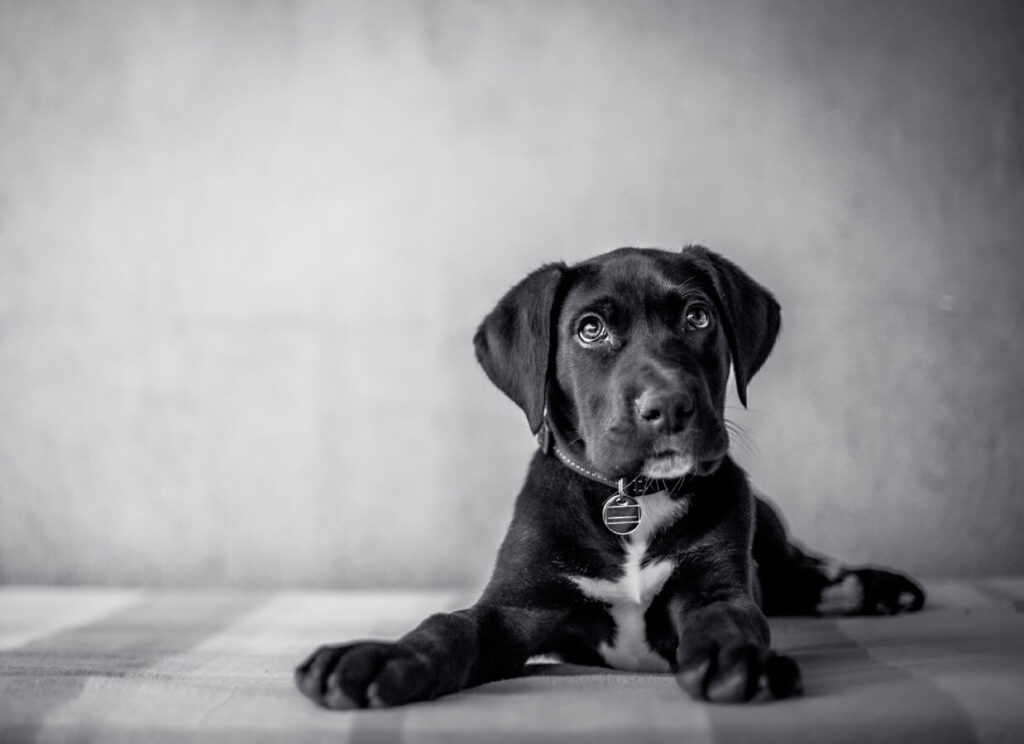
Common Puppy Biting Training Mistakes
Yelping DOES work to interrupt the behavior, and for most puppies it’s ok to do.
For some puppies, yelping can actually encourage biting!
Yelping makes you sound like a squirrel or fun squeaky toy, which may make the puppy more wound up and interested in the biting game.
When a puppy in a litter yelps, they tell the other puppy ‘ouch, too hard‘. Not necessarily ‘STOP, don’t do that again!’. Keep that in mind. Yelping works, but don’t expect miracles or a quick stop to puppy biting.
NOTE: some puppies are frightened by yelping. If your puppy cowers, tucks tail, pin ears or runs away focus on building, no eroding confidence and trust. Sometimes the ‘yelp method’, ‘using loud noise’, ‘or the sharp cry method’ can actually create fear which can create the behavior of puppies biting harder.

#1 – Shoving, Tugging, and saying “NO”
This is a common, natural response to puppy biting!
When you shout, say ‘NO’, tug your clothes, try to run away, and shove the puppy off you actually REWARD the behavior by making puppy biting super fun. OOPS!
Dog’s LOVE to play and a dane pup can confuse you running away as a ‘biting people game’, which may make them want to bite more.
Be calm, boring, indifferent and REMOVE your attention from the dane pup. Walk away. Sigh. Stand still. Turn and walk the other direction. ANYTHING to show the pup that you lose all interest in them when they bite.
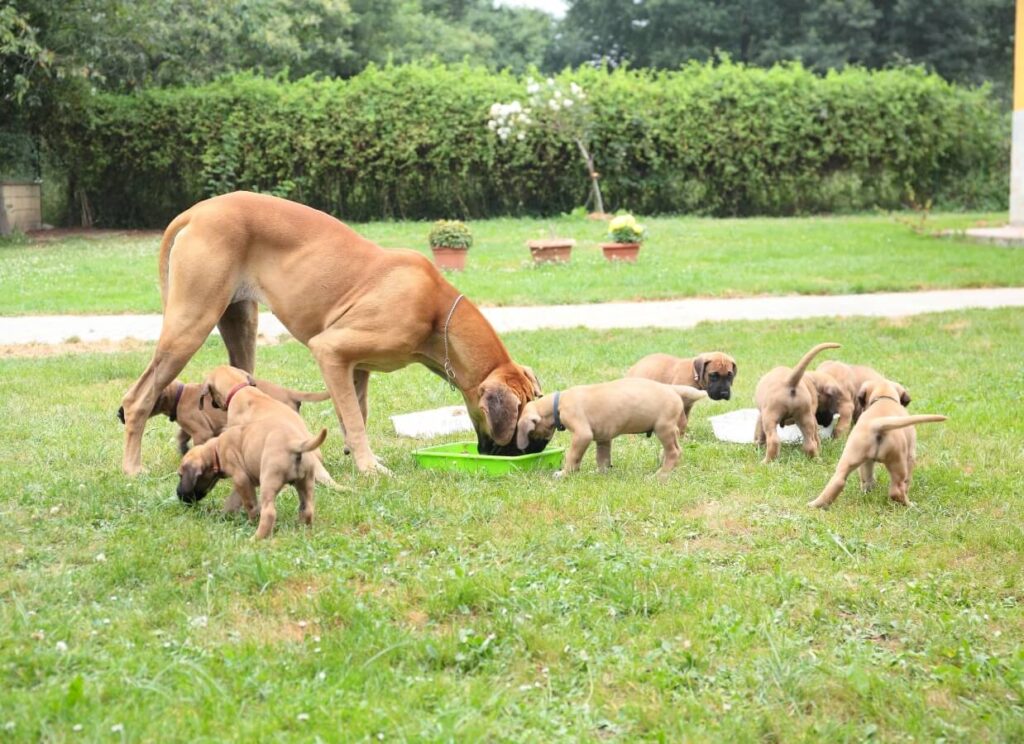
#2 – Alpha Rolls & Pinning
Some people will recommend that you pin your Great Dane to the ground until they calm down, and will say that doing so establishes ‘dominance’ with dogs.
We do NOT recommend this.
Alpha rolls are an aggressive form of training that can teach Great Danes (and all dogs) to fear you, fear your hands, and respond with increased aggression, frustration and confusion.
This could result in increased bites, unnecessarily rough play, and VERY frustrated Great Dane owners who are dealing with increased bites or aggressive, fearful and frustrating behavior in their adult dogs.
This outdated method is considered ‘woo’ by actual behaviorists and well-educated dog trainers.
At worst, it’s dangerous and at best, informed dog owners and most professionals are frustrated that people and even some ‘trainers’ continue to perpetuate this misguided concept.
A much safer and more fair alternative is to remain calm, walk away, and provide your Great Dane with a toy or treat.
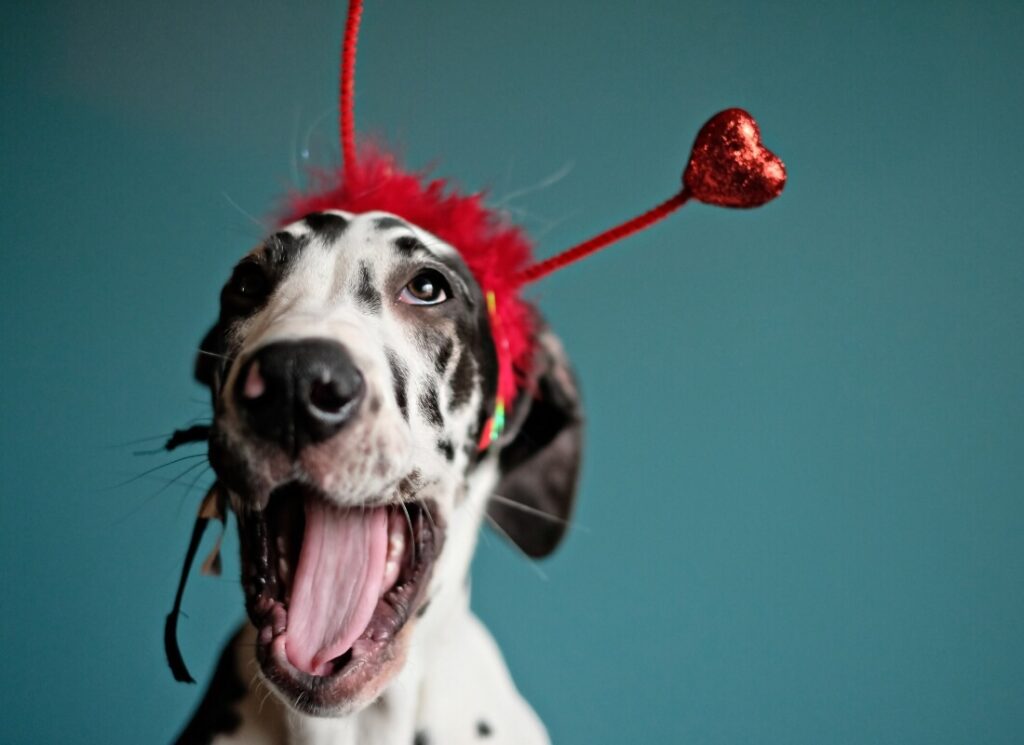
#3 – Pinching, Tapping, Whacking, Kneeing, and Thumbing
Pinching the puppy, shoving a thumb down his throat, or whacking or tapping him on the nose is the fast track to making sure that your Great Dane is more likely to be resistant to teeth brushing, nail trims, veterinary care and coming when called.
Seriously, don’t do this. We cannot believe we have to say this. Great Danes are a sensitive breed and will have serious repercussions if handled with a human who demonstrates aggressive tendencies.
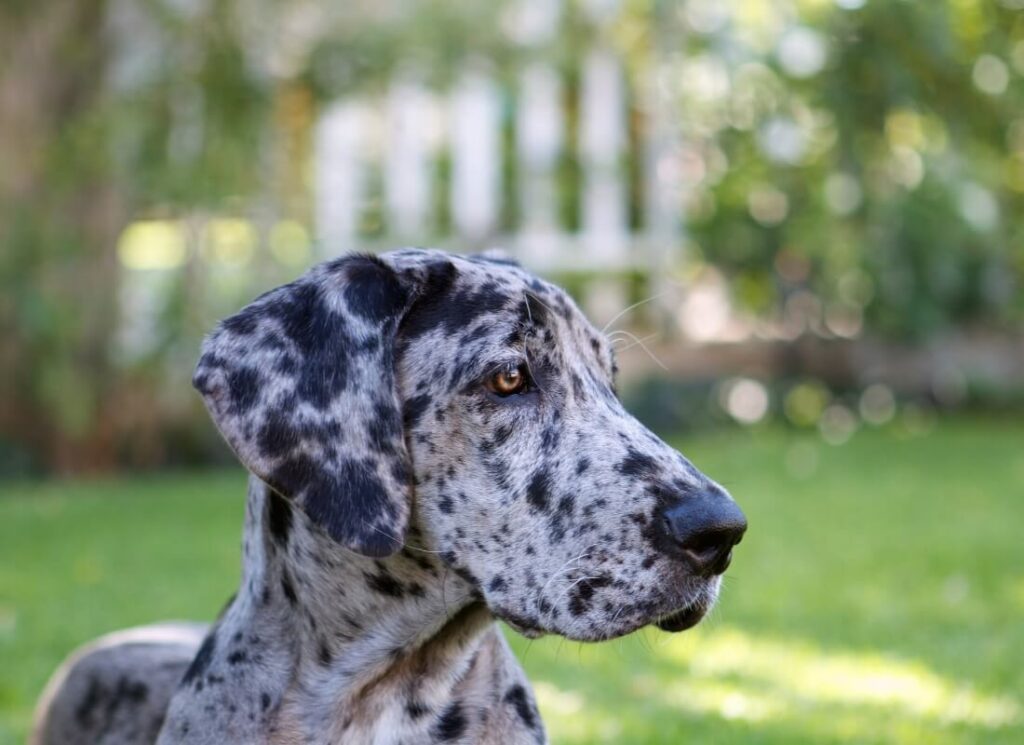
#4 – Spray Bottles
This method may work, and it’s a ‘quick fix’, but tread cautiously.
Dogs trained with spray bottles may become resistant to spray medication, baths/showers and even being outside in the rain. Plus, like many of the other methods above it teaches your dog to avoid you and run away, NOT engage with you.
If the only way your dog is controlled is if you keep spray bottles around the house as a threat, they aren’t fully trained.
As above, we believe there are better ways to work with your dog.
Good News About Puppy Biting
Puppies outgrow this behavior. Unless you’ve been accidentally rewarding it with a lot of shoving, running, tugging and attention most puppies stop doing it once they are more mature.
You do not have to live with this behavior until it goes away. As above, use crates, gates and leashes to prevent the behavior and separate yourself from a wound-up, biting puppy.
Prevent puppies from practicing this behavior, especially on children.
Spend lots of time teaching and rewarding appropriate behaviors such as touch, sit, down, leave it, and ‘go to your place’.
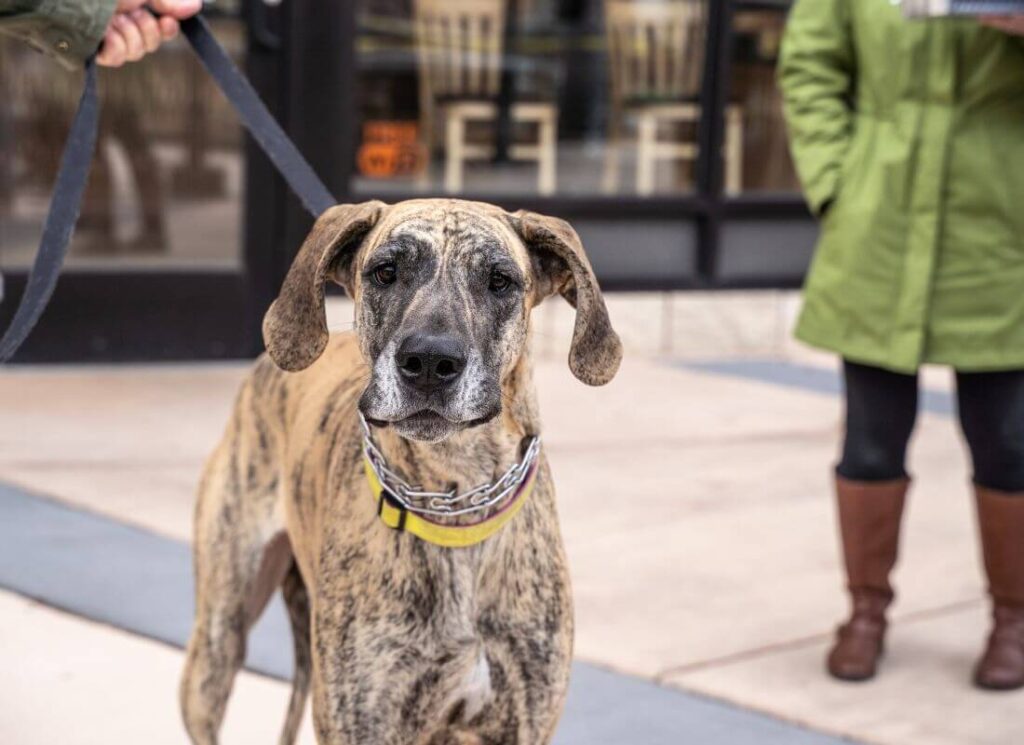
Warning Signs of Aggression in Great Danes
Some people are concerned that their puppy is actually aggressive because of how rough they bite and play. Playful puppies can bark, growl and be extremely noisy!
Most puppies are not actually aggressive.
Puppy biting is not a form of aggression. However, occasionally a puppy is wired wrong or has deep-seated fear aggression. Here are the warning signs that a puppy is aggressive, not playful.
- Low growl
- Stiff body, tense
- Hackles up
- Snapping or biting when a hand approaches their food, toy, or bone
- Showing their teeth/grimace
- Stiff tail wags or tucked tail
- Ears pinned back
- Turning the head away before biting
- Not showing playful body language (bouncing, bows, loose body, loose tail, fun and cute play barks and play growls).
If you are unsure or are seeing signs that alarm you, seek out the help of a highly qualified trainer.
Puppy Biting & Ethical Breeders
Puppies from ethical, diligent quality breeders and robust well-tempered pedigrees are less likely to develop aggression, are easier to train and will be much more confident and mature when they come to your home!
Puppies that leave their litter prior to 8 or even 10 weeks of age tend to be much more difficult to train. This includes having problems with potty training, puppy biting, overall bite inhibition and confidence.
Do not let your breeder convince you that a puppy is ready to go prior to that point.
Here is our article on why puppies should stay with their litter until 8 weeks of age.
